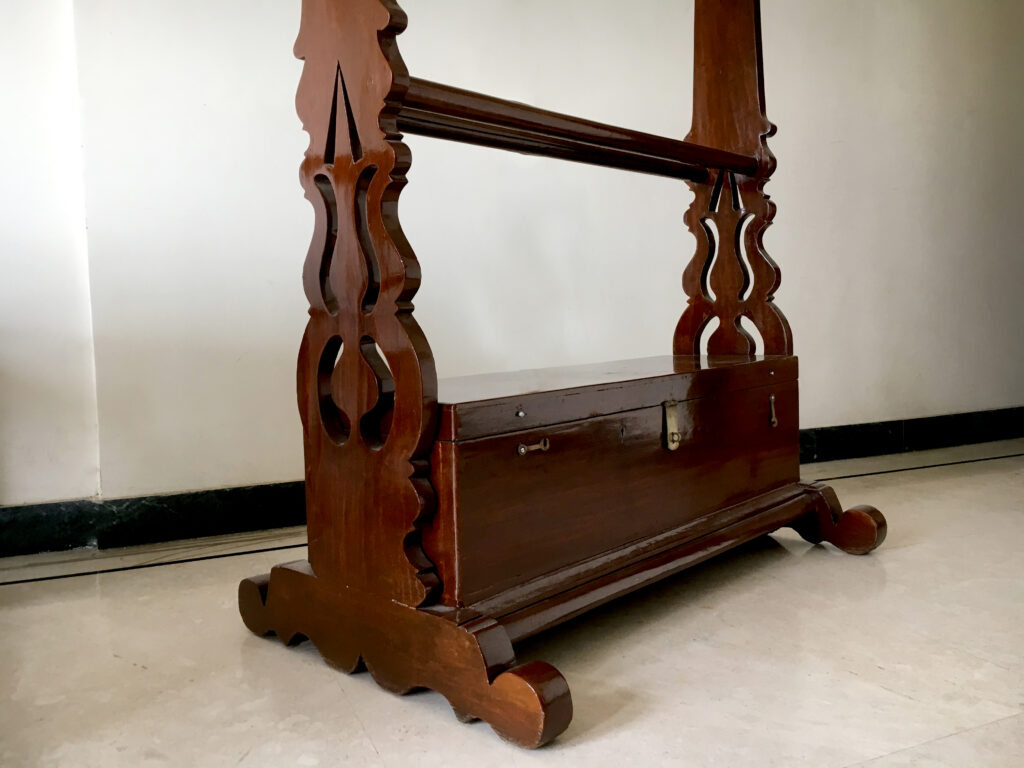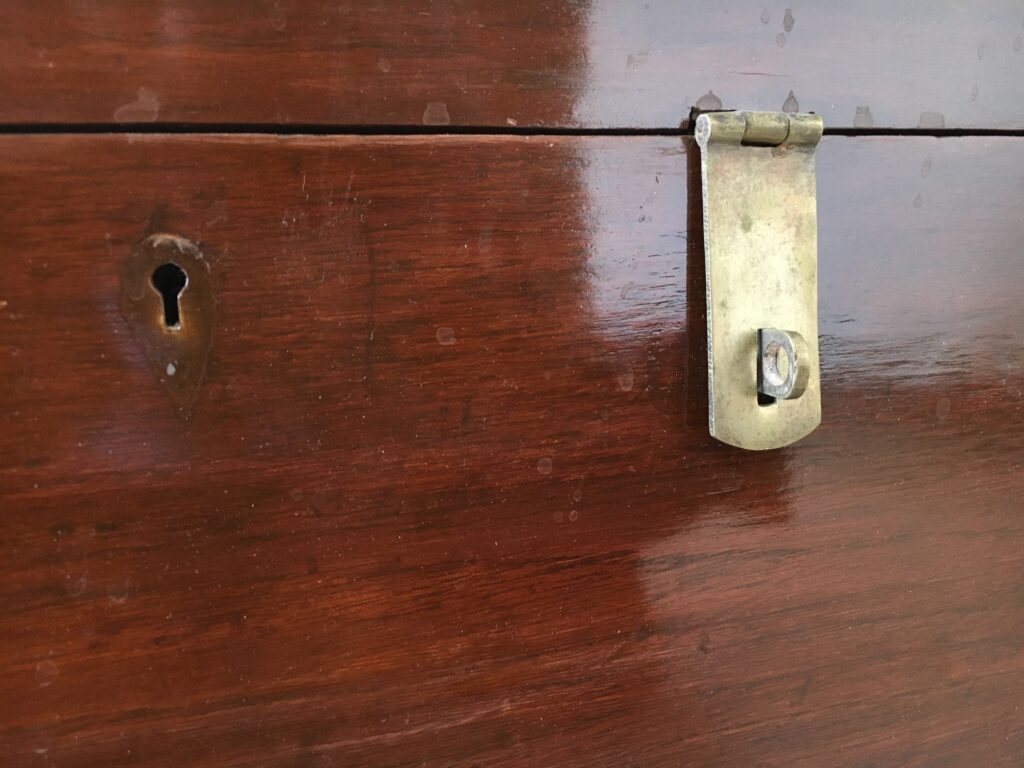TEXT BY TOONIKA GUHA
Contributions by Ileena Guha & Malati Sarkar,
who despite being miles away, have helped hunt for details and images
PHOTOS BY AANCHAL MALHOTRA
Gurgaon, Haryana
My memories of growing up in Kolkata are peppered with those of trips across the Hooghly to my great grandmother’s – Didu as we all called her – house in Howrah. The old, never-changing lanes of North Kolkata did not seem very different from the winding lanes of Shibpur in Howrah to my little mind. But going over to her house always felt like a celebration. It broke the monotonous routine of our lives as Didu would welcome us into her large home. She knew that my mother’s favourite dish was keemar goli and mine was aloo posto. So whenever we visited, she would always make it a point to serve us these classic Bengali delicacies with piping hot rice.
While the delicious food would occupy my attention, the rest of the vast house and its antique pieces of furniture always remained in the background. And it was in the recesses of these memories where an unusual piece of furniture resided for me. Until one day, about eight or ten years ago, this particular piece came into the home where I lived with my parents.
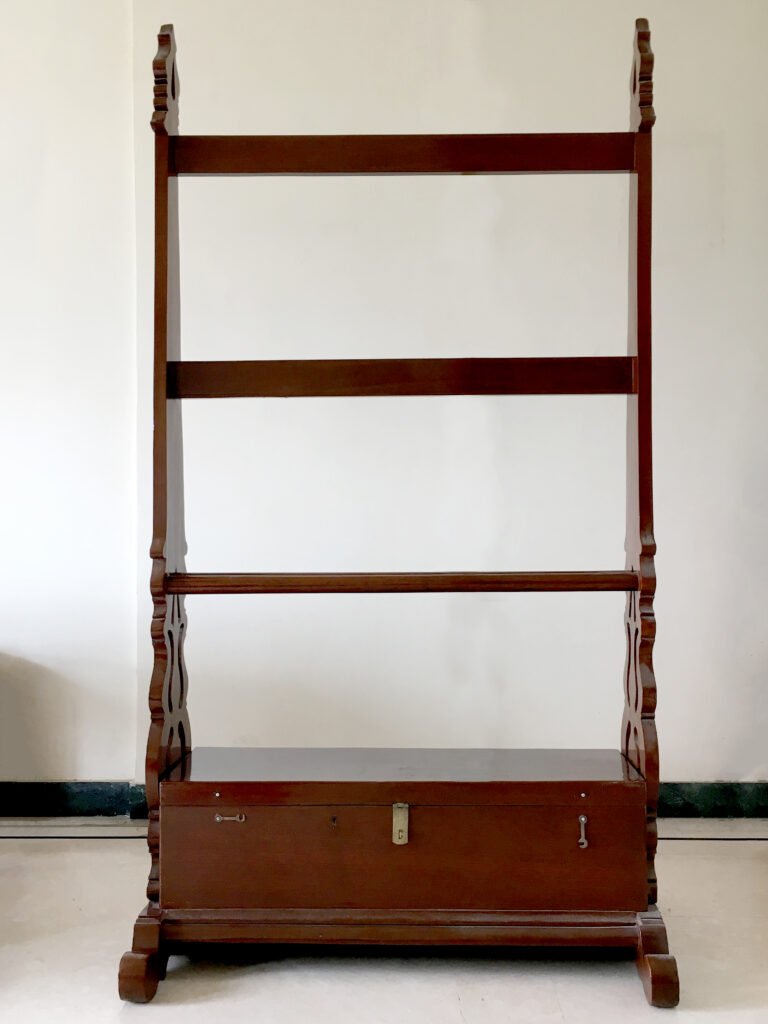
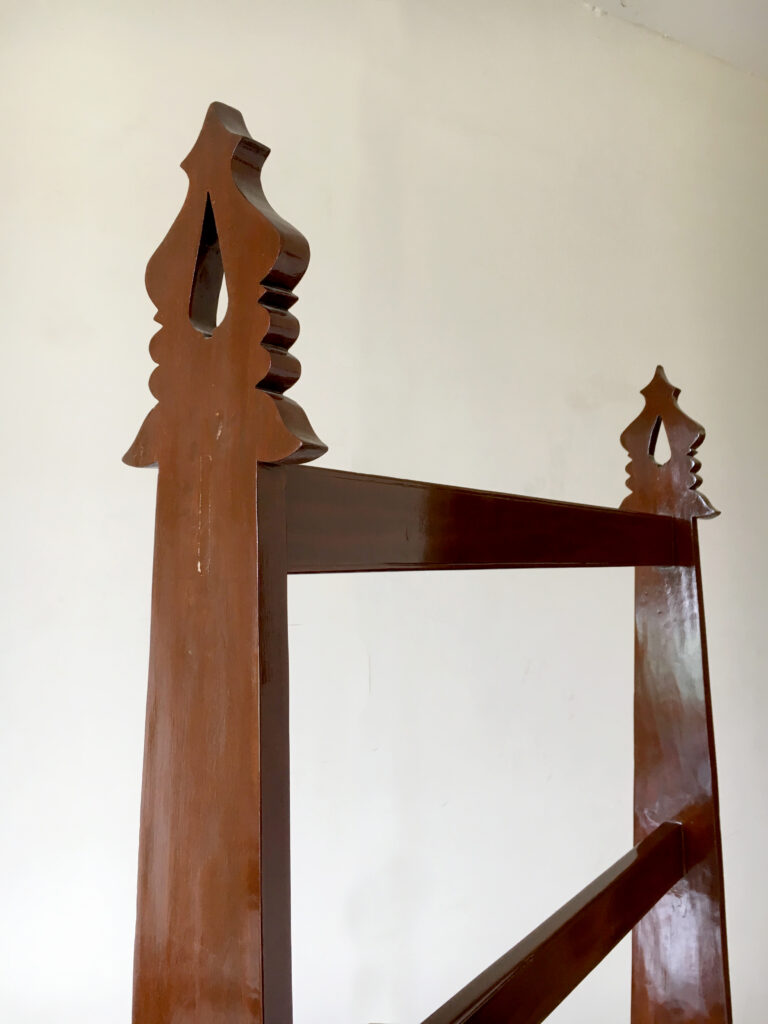
This was a large wooden structure called an alna. You know ‘that’ chair that every young person has in their bedroom? The chair where all the unfolded laundry and ‘gently-worn’ clothes land up? Well, Bengalis have invented a beautiful piece of furniture for exactly those purposes. And this is the alna. Essentially, it is a large wooden rack that is meant for hanging and storing clothing.
Before Independence, my great great grandfather, Sureshchandra Ghosh was an Indian civil servant. During his tenure, he travelled the length and breadth of the country, going wherever his job took him. As he travelled, so would his family. This included my great grandfather, whom we called Babuji, and his wife, Didu, and a whole retinue of great uncles. One of my grand aunts tells me that Sureshchandra Ghosh would only travel around the country in a horse carriage during the 1940s, which in those days was quite a big deal.
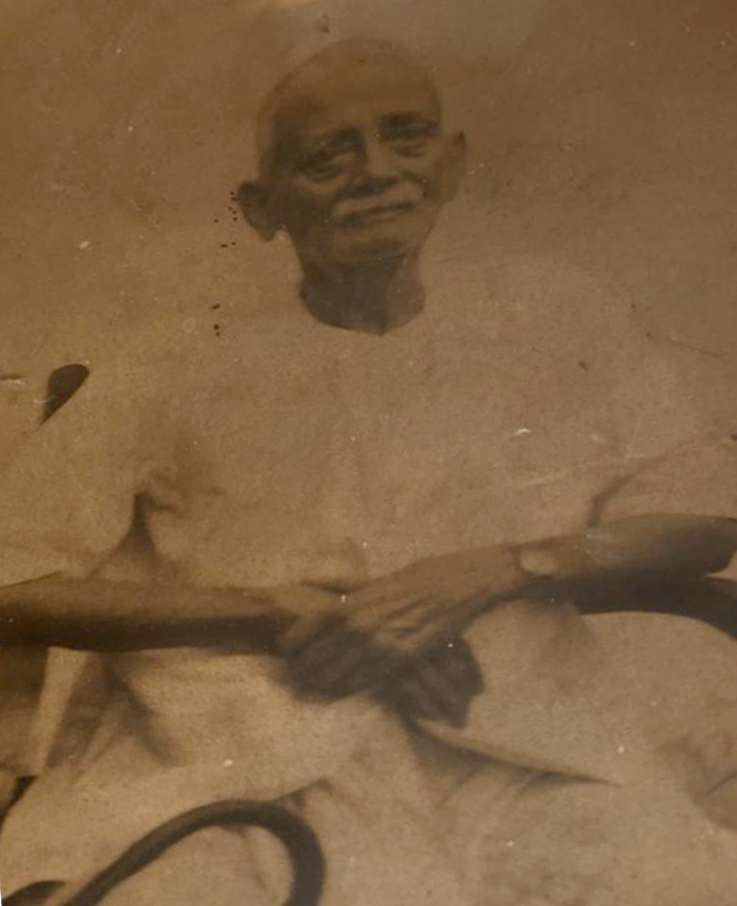
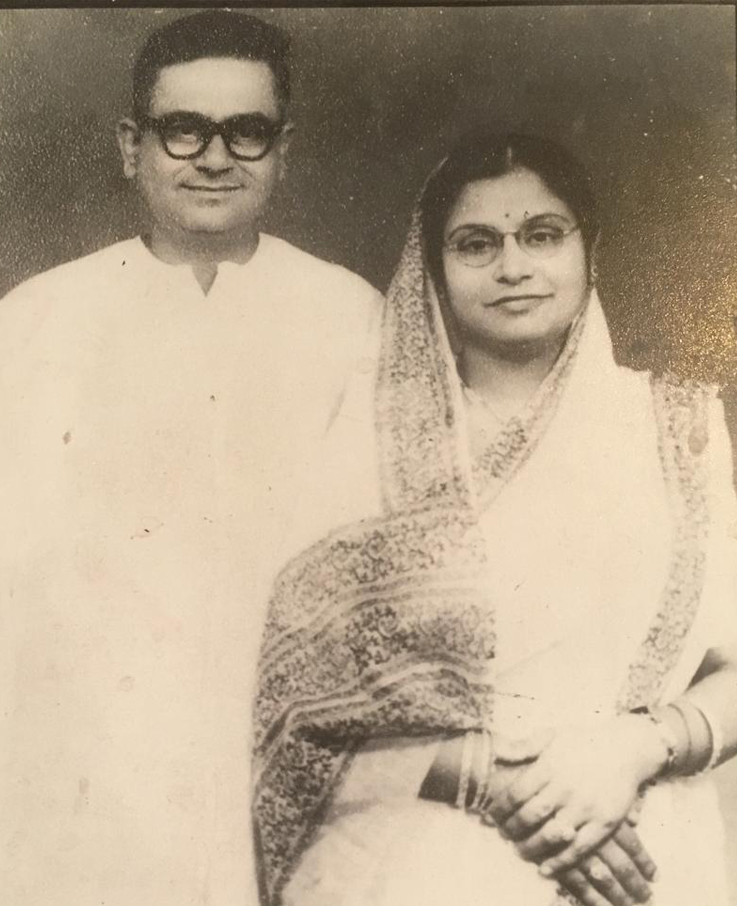

When Sureshchandra Ghosh retired, he came back to Howrah where his widowed sister lived, and built a house for the entire family, including my great grandparents, Babuji and Didu. This is the house where my grandmother and her sisters grew up. It is also this very same house where this wooden alna was situated till the time it made its way to my mother’s bedroom in the mid 2000s. The same house where Didu would lovingly feed us keemar goli and aloo posto.
My mother says that she remembers this wooden rack lying on the side of the uthon (courtyard) when she would visit the house. Since that time, this alna has come a long way. A few months ago, when I moved in with my partner into a small apartment in Gurgaon, I brought the alna along with me. At the time, while I was trying to find packers and movers to transport my furniture, I realised how difficult it was to explain to them what this particular piece was, as well as it’s fragility and cultural significance. It was only then that I realised how unique an alna was to the inner landscape of a Bengali home, and how next to impossible it was to describe it to a moving company based in Haryana.
I decided to settle by calling it a ‘wooden rack’, which measured 72 inches by 39 inches. It’s not surprising that I had trouble finding a non-Bengali word for an alna, since as I later discovered in Diana Fuss’ The Domestic Space Reader (Ed. Kathy Mezei, Chiara Briganti. Toronto: University of Toronto Press, 2012), that it is one of the few pieces of Bengali furniture that has a purely Bengali etymology
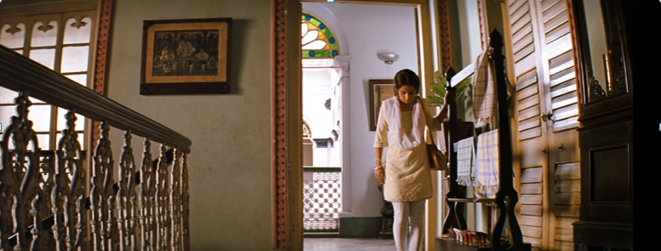
For the uninitiated Indian, a good point of reference would be films about Bengali households. If you watch Vidhu Vinod Chopra’s Parineeta closely, it’s not difficult to identify the alna that Vidya Balan and Raima Sen’s characters use liberally to store their high heels. The alna pictured here is quite similar to the one at home. Its ornate wooden side panels, and even the storage box at the bottom bear a striking resemblance.
The alna has graced many homes of generations of women in my family, passing through their varied ways of life in their distinct eras. From my great grandmother’s lifestyle as the wife in an occupationally nomadic family, to that of my mother’s to me, the alna has born witness to the passage of time, the observation of traditions and their evolution. While it is indeed a utilitarian object, to me the alna symbolises a journey through many homes and hearths. I always attribute the freedom and independence that I have as a woman to the generations of women who came before me and the feminist work that they did in their own small ways. The alna, which has been passed on to me, symbolises the passing on of this femine energy that has gone from home to home.
